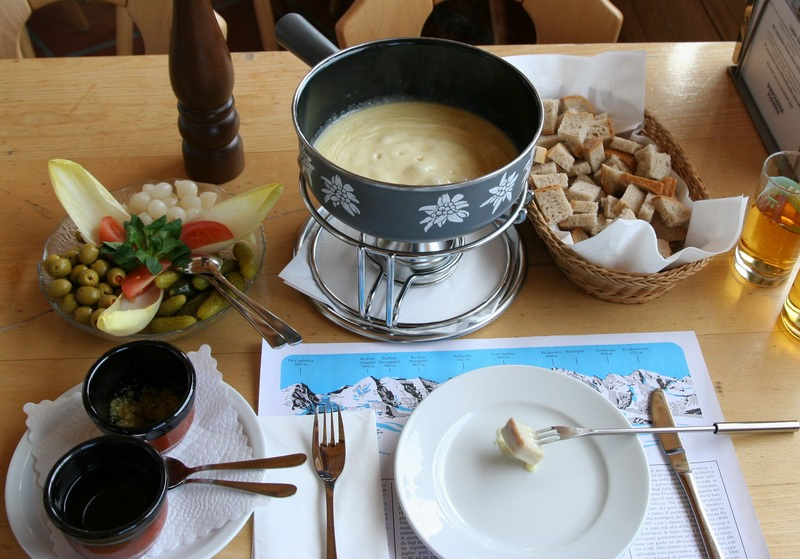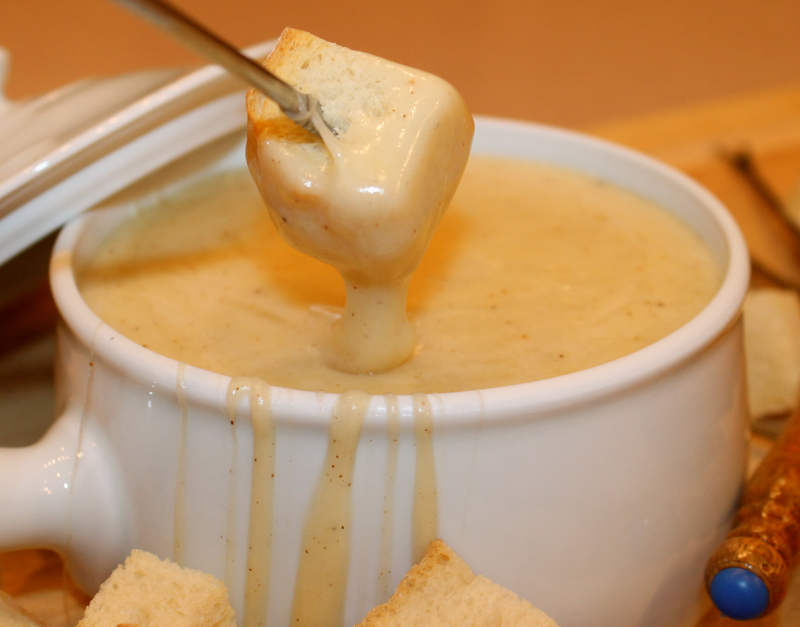They're really mad for melted cheese
Many people associate it with a rich, indulgent treat for a long day on the slopes, but where did the Swiss national dish originate? Its origins are obscure, but modern fondue – derived from the French word fondre, which means "to melt" – was formed out of the need in the 18th century. Alpine winters are lengthy, and peasants with little access to fresh food devised a smart strategy to make do with the little ingredients they had on hand.
They began by melting hard, aged cheese with wine, herbs, and spices, then dipping stale, leftover bread into the mixture. This quickly evolved into the well-known, community supper that we know today. Try the moitié-moitié (half and half), which is prepared with Gruyère and Vacherin Fribourgeois cheese and flavored with Kirsch, a cherry-flavored liqueur. Ask for la religieuse (the nun) at the conclusion of the meal; the burnt cheese is scraped from the bottom of the saucepan (otherwise known as the best bit).












